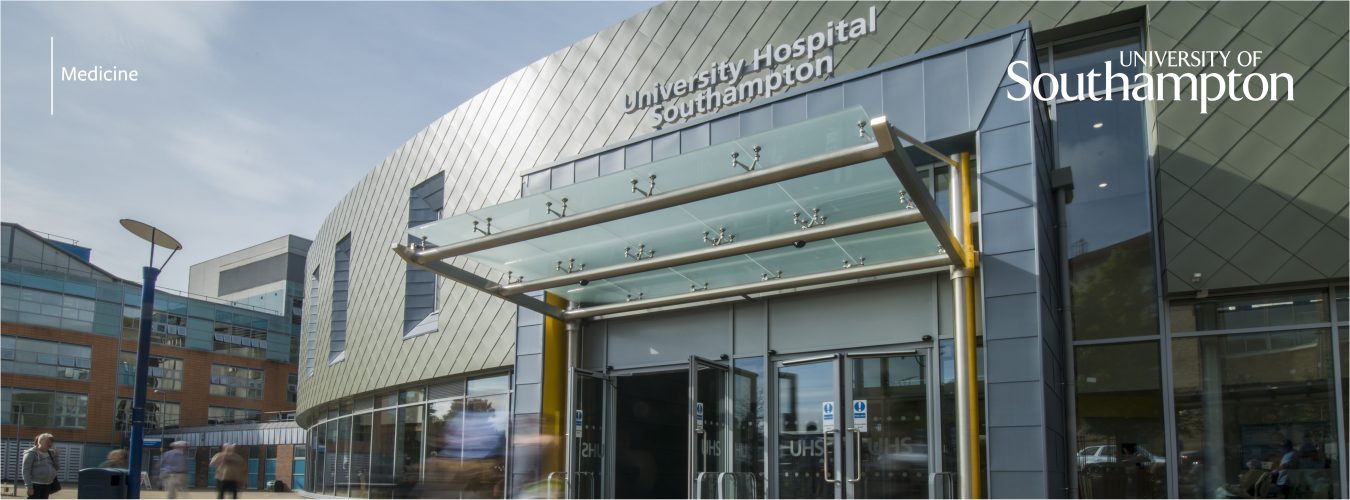‘Inspiring Stories’ with John Holloway
Associate V-P Interdisciplinary Research, Human Development and Health
This is part of the Engaged Medicine ‘Inspiring Stories’ blog series. The blogs explore the stories behind outreach and patient-public engagement activities of staff and students from the University of Southampton’s Faculty of Medicine.
What do you do to engage and outreach with the public or patients?
Over the course of my career I have had many opportunities to engage with public and patients in many different ways. From meet the scientist sessions with school children in Lifelab to talks for charities and patient groups, I can honestly say they have all been incredibly rewarding. However, the activity that I have enjoyed the most has been working in infant / junior schools teaching children to extract DNA. The wonder on their faces when this abstract concept that they have learnt about in class suddenly becomes something real that they can see (and take home!) is something to behold.
What has driven you to participate in public engagement or patient involvement?
Honestly, I have not often sought out opportunities to engage, most often it was because I was asked. But the reason I almost always say yes is because of how rewarding participating in engagement activities can be.
How did you get started with public engagement or patient involvement?
My first engagement activities were giving talks explaining my career journey or science to high school children. Often these were invitations that arrived on my desk via my own personal network of friends or even the teachers at my children’s school who were looking for people to engage with their pupils. Another early activity that was equally rewarding was talking to donors to explain what we were spending their money on!
Why do you consider Public Engagement / Patient Involvement to be important?
Public Engagement / Patient Involvement is important for several reasons. We know that public/patient involvement in the research process increases the quality and relevance of research. So where possible we should always look to include the perspective of those who ultimately are likely to be impacted by our research in helping us to shape and prioritise research questions to address. The broad piece of public engagement in research speaks to the “what for” question – Universities are part of and supported by society (local, national, international) and as such should look to have a positive impact on those societies, whether it is through the impact of the research we undertake, or the education of our students. Public engagement is another way we can connect with our local community to educate and inform and, particularly when thinking of engagement in schools, to raise aspirations.
What reaction do you get during an engagement event?
I love the reaction of the audiences at engagement events (both young and old). The sense of wonderment, enthusiasm and range of questions never ceases to amaze.
What do you feel is the impact of the engagement events, what happens as a result?
There are lots of empirical studies that have sought to assess this, but from a personal perspective I feel that public engagement can help to address the gap (perceived or real) between science and society.
Stay Connected! To find out more about the ‘Inspiring Stories’ series, Faculty of Medicine educational programmes and research, or to get involved use the links below or contact Dr Lucy Green.

University staff or students click here for the Engaged Medicine SharePoint

